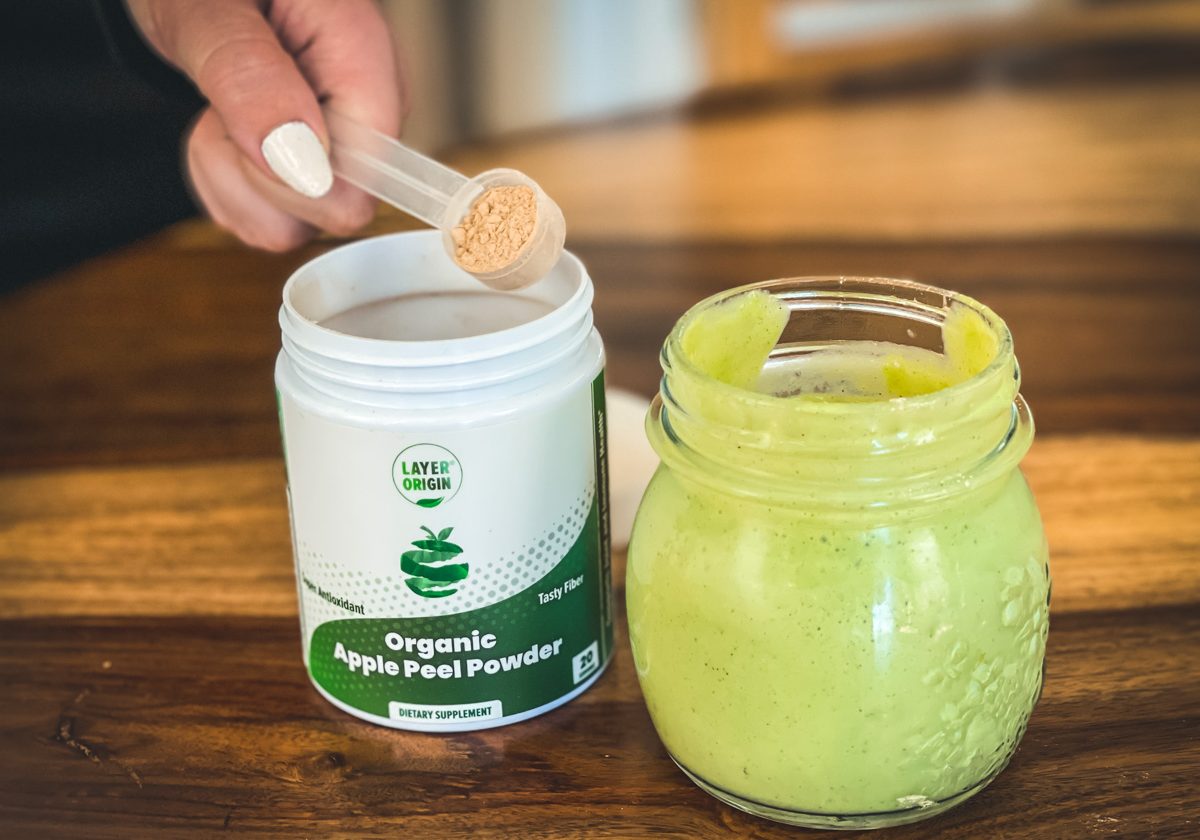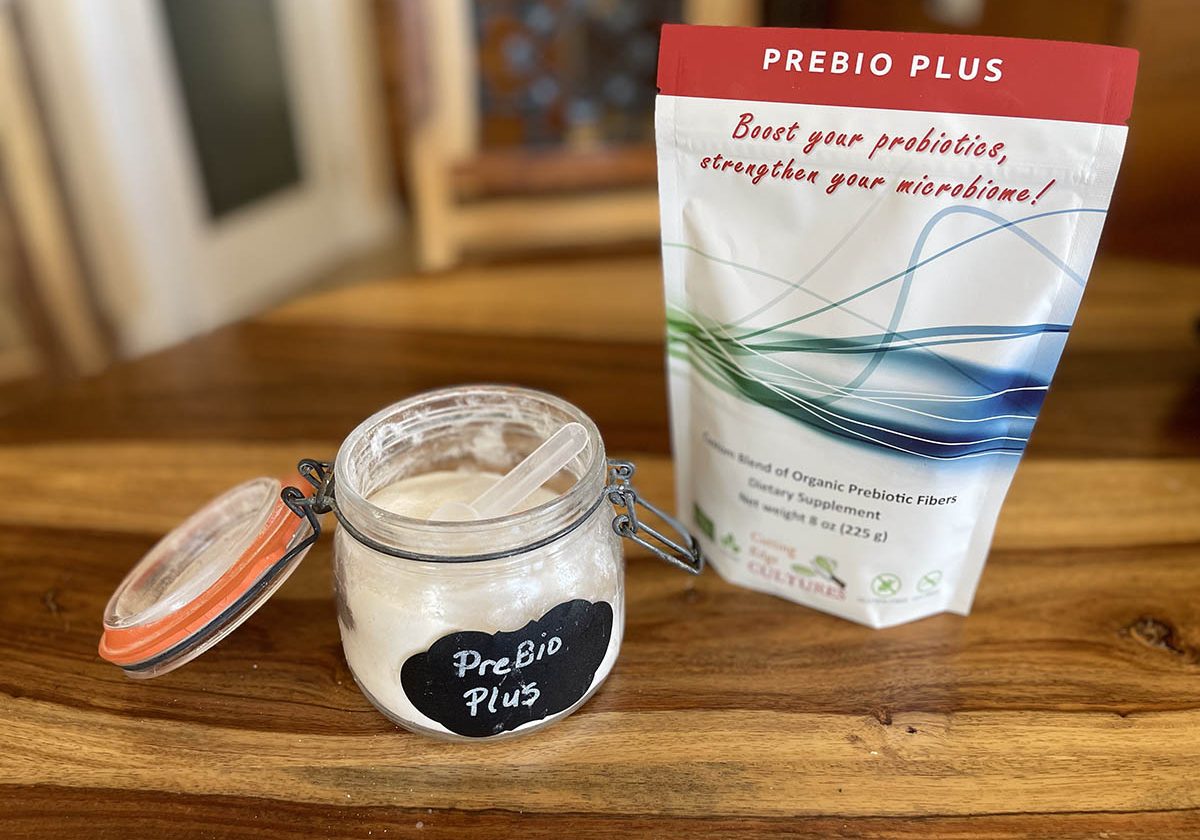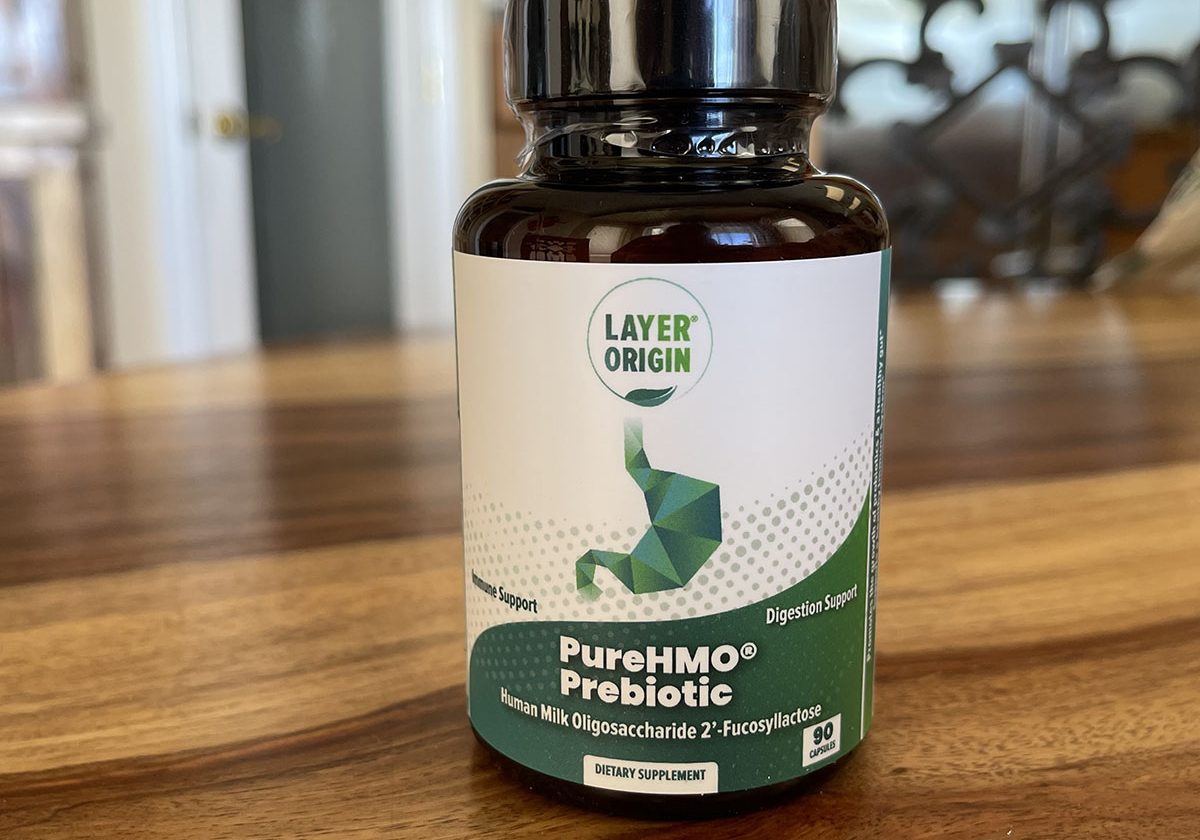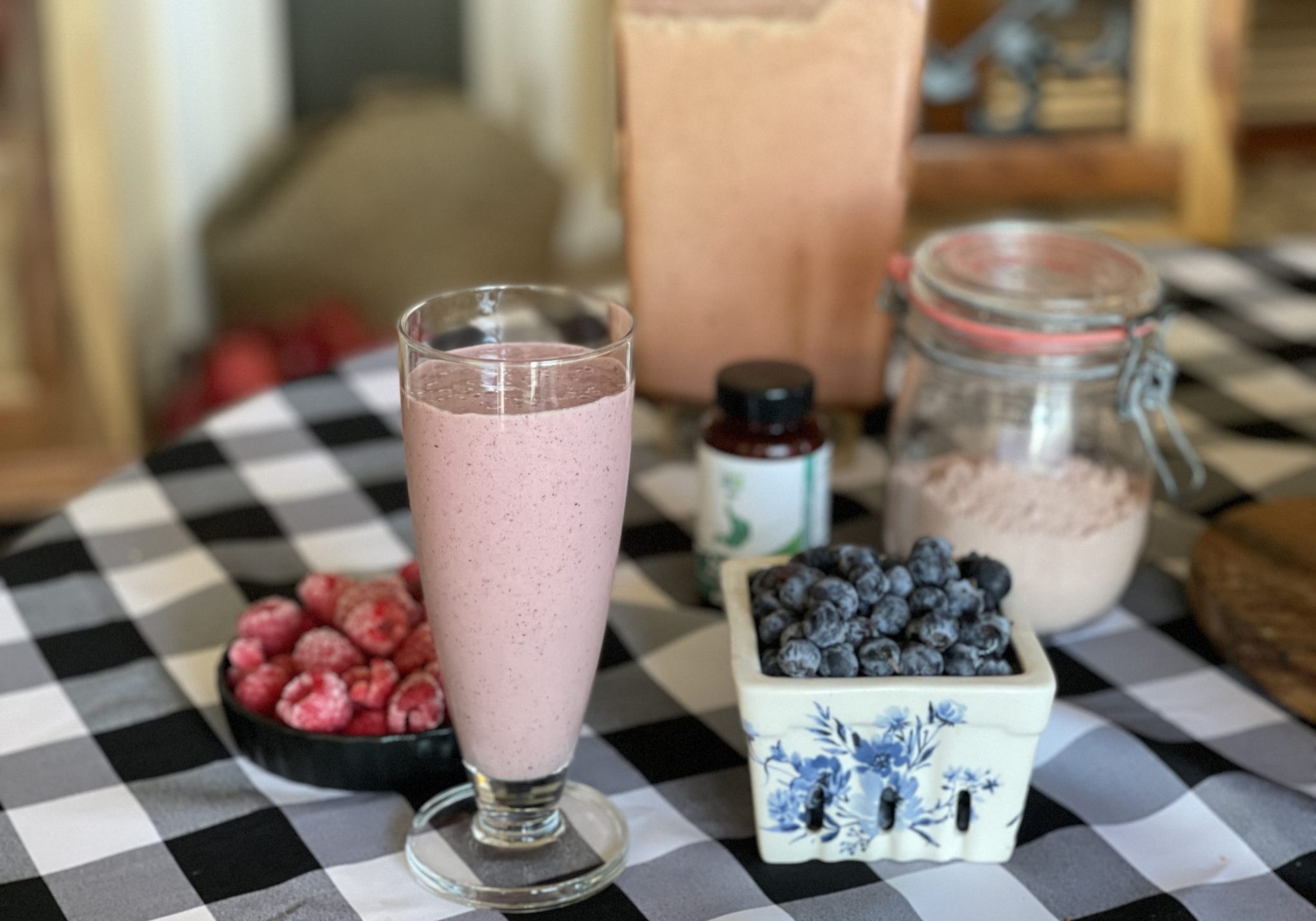
Feeding Your Microbes — Wellness is Made in the Gut
Feeding The Microbes In Your Gut
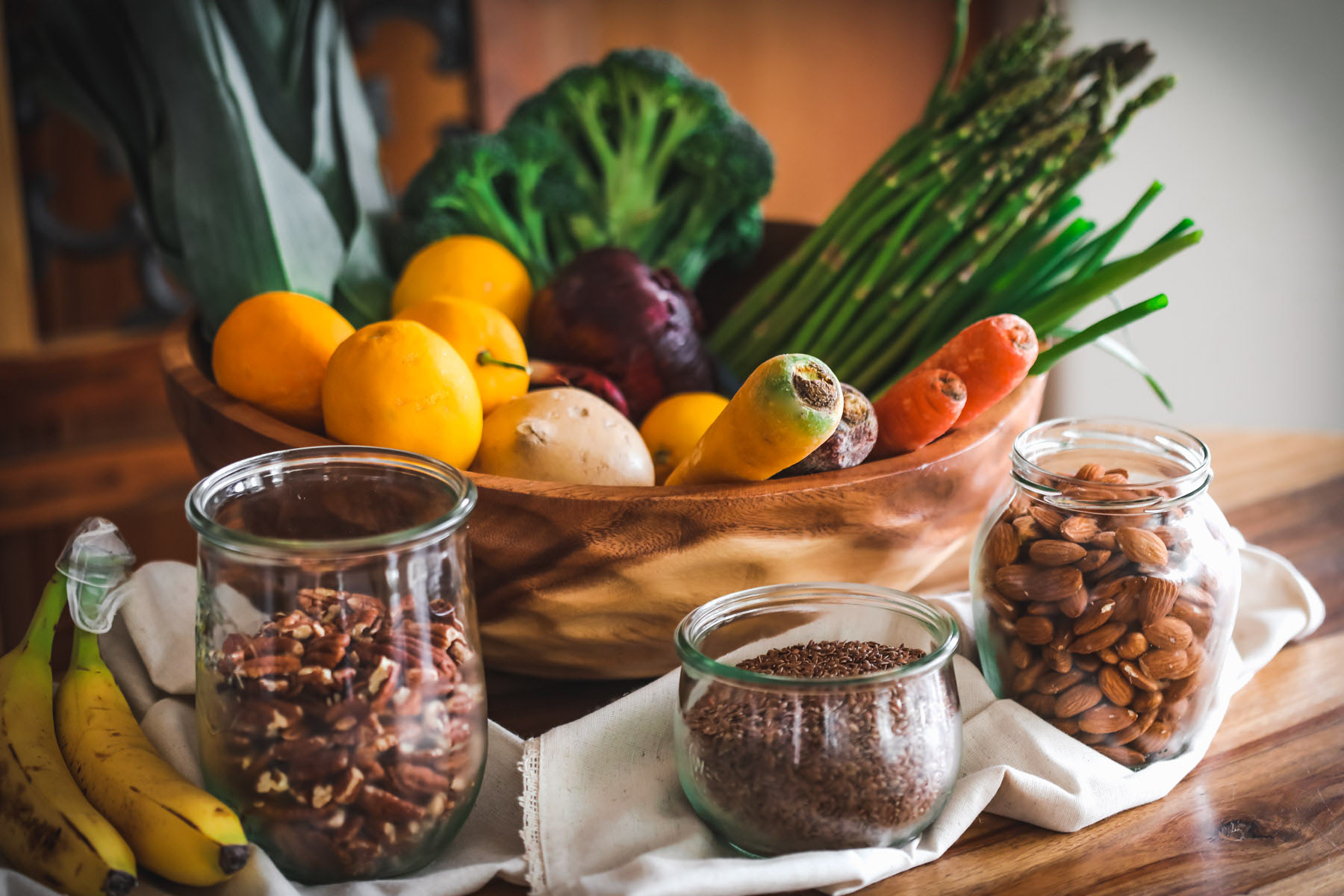 The microbes that have made your body their home are quite impressive, and most people are unaware of the magnitude of microbes that reside within them. One hundred trillion microbes is a tremendous amount, and let me better explain just how much this is. This is more than the stars in the Milky Way Galaxy and they're all abiding in you, creating you, and it's time you understand what a miracle it is to be a human host for bacteria. We live in harmony with bacteria and fungi and trillions of organisms until we mess it up by pushing against them and killing them left and right with antibiotics, anti-bacterial disinfectants, chemicals, and an unhealthy diet creating an imbalance in our gut flora that works to keep us well each and every day. Understanding how this works is key to creating not only balance and harmony but making your body thrive like never before.
The microbes that have made your body their home are quite impressive, and most people are unaware of the magnitude of microbes that reside within them. One hundred trillion microbes is a tremendous amount, and let me better explain just how much this is. This is more than the stars in the Milky Way Galaxy and they're all abiding in you, creating you, and it's time you understand what a miracle it is to be a human host for bacteria. We live in harmony with bacteria and fungi and trillions of organisms until we mess it up by pushing against them and killing them left and right with antibiotics, anti-bacterial disinfectants, chemicals, and an unhealthy diet creating an imbalance in our gut flora that works to keep us well each and every day. Understanding how this works is key to creating not only balance and harmony but making your body thrive like never before.
So how do we keep our trillions of bacteria happy? You feed them with lots of fiber; but first, you have to have the good strains of bacteria and that's where cultured foods come in. If you live in this day and age, most likely your gut flora has diminished due to chemicals and pesticides, drugs, highly processed foods, and overuse of antibiotics. Adding cultured foods is an excellent way to add the strains of bacteria you need.
Check out my  START HERE button at the top of my website to learn how to make these foods.
START HERE button at the top of my website to learn how to make these foods.
Akkermansia - The Bacteria That Keeps Your Gut Lining Intact
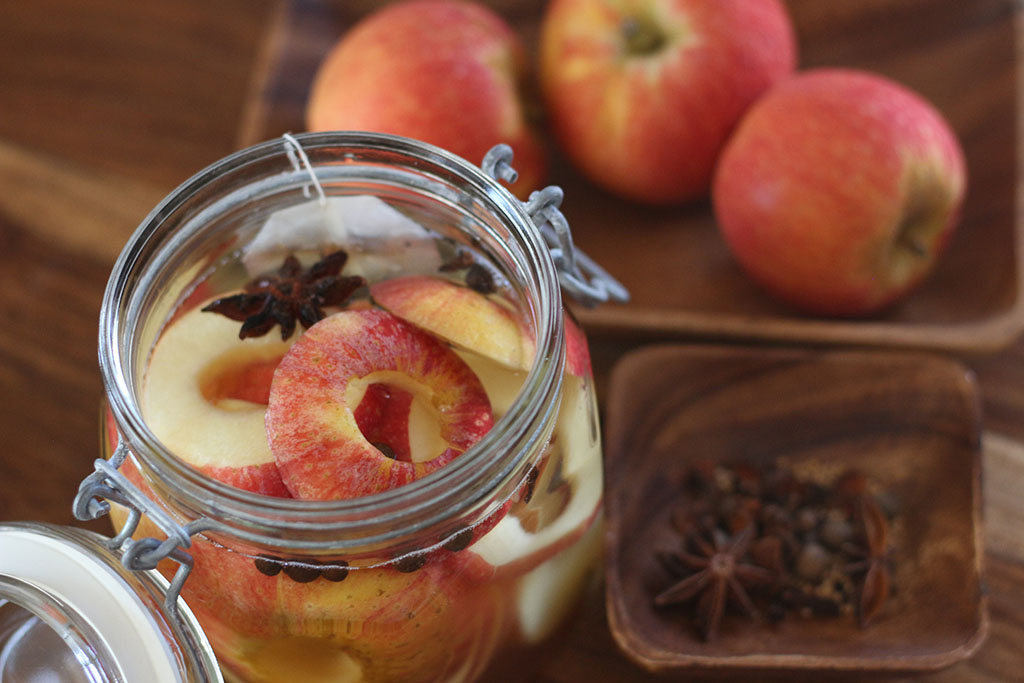
You might not have heard of it before now, but Akkermansia muciniphila is a very important bacteria in your gut. It was discovered in 2004 by microbial ecologist Antoon DL Akkermans and this (friendly) bacteria makes up one to four percent of our total gut microbes. [1]
Akkermansia muciniphila helps to maintain our gut lining and does it so well that it creates short-chain fatty acids, like butyrate, that help to keep insulin resistance in check, and it can also help reduce blood sugar and blood pressure. Akkermansia also consumes human milk oligosaccharides (HMOs). Infants get this bacteria at birth and when they consume breast milk. Bifidobacteria is one of the first bacteria you receive from your mother and it can keep you young and healthy as you grow older if you keep this strain active and strong. Bifidobacteria thrive on HMOs, but Akkermansia also plays a role in consuming HMOs.
Don't starve Akkermansia — It Can Eat You
If you don't feed Akkermansia the fibrous foods that it loves like apple peels and other fibrous fruits and veggies, it can turn around and eat the mucus surrounding the gut lining and cause permeability or leaky gut. According to a study published online in the journal Cell, fiber deprivation causes the gut microbes in animal studies to begin to eat the mucus lining of their gut.[2] If this deprivation is allowed to continue for too long, it will cause a complete erosion of the gut and may allow invading bacteria to infect the colon wall. Researchers said this finding could have implications for possible uses of fiber against the effects of digestive tract disorders. In fact, leading researcher Eric Martens explained in a recent statement, "The lesson we're learning from studying the interaction of fiber, gut microbes, and the intestinal barrier system is that if you don't feed them, they can eat you!" Don't starve Akkermansia by having a low fiber diet - it can cause a myriad of problems.
Our gut lining keeps us protected from the outside world. When it's damaged, you can have leaky gut syndrome which is linked to IBS, anxiety, fibromyalgia, and chronic fatigue syndrome. In this day and age with so many taking Ibuprofen that can damage our gut lining and can create more problems than it solves, it's important to strengthen your gut lining. Foods can be powerful medicine, and fibrous foods like apples can keep your gut and microbes thriving.
The "muciniphila" part of the name comes from Akkermansia’s love of the mucus in your gut. It loves to eat the slimy layer of mucus that coats your intestinal walls. The mucus layer is very important for gut health and it's very important for the health of your whole body. While it munches on the mucus and fibers we consume, Akkermansia produces nutrients that feed our other good gut bacteria. It actually encourages the cells to become stronger and makes a tough gut barrier which is super important! [3]
If you are struggling with any kind of gut distress, start by fixing your gut lining with apples and especially the peel of apples. It can make a huge impact on healing your gut lining. Apples are delicious and fun and easy to eat. Check out this article. An Apple Peel A Day Can Keep the Doctor Away
The Prebiotics that Feed Bifidobacterium
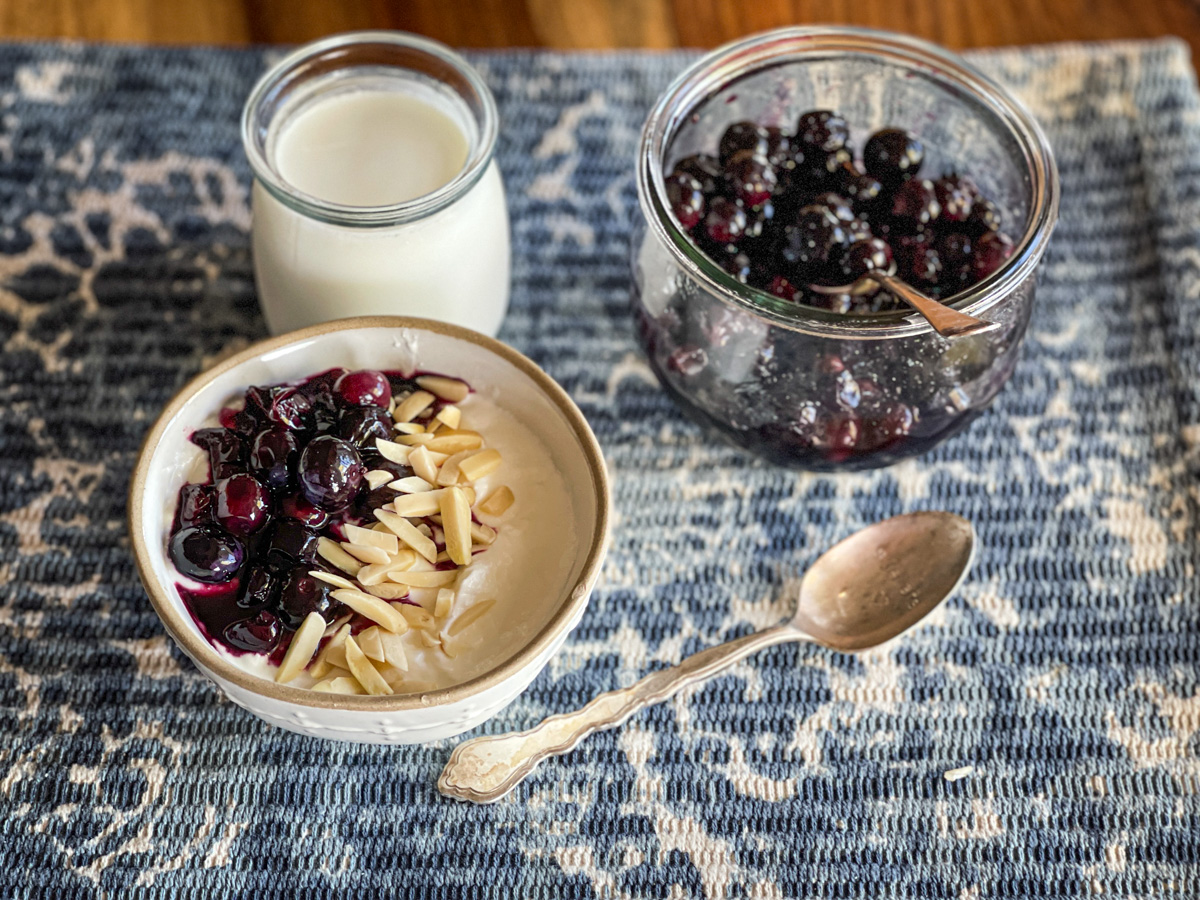 Bifidobacteria have long been regarded as one of the most beneficial members of the human gut microbiome. Lower levels of this beneficial bacteria have been shown in obese and diabetic individuals and in individuals taking antibiotics. Also, those suffering from irritable bowel syndrome or inflammatory bowel disease have shown lower levels of bifidobacteria as well. [4,5]
Bifidobacteria have long been regarded as one of the most beneficial members of the human gut microbiome. Lower levels of this beneficial bacteria have been shown in obese and diabetic individuals and in individuals taking antibiotics. Also, those suffering from irritable bowel syndrome or inflammatory bowel disease have shown lower levels of bifidobacteria as well. [4,5]
You acquire most of your bifidobacterium at birth. [6] Mothers transmit their unique bifidobacterial strains to their children shortly after birth but mostly it comes in mother's milk. So important is this bacteria that they started adding it to many baby formulas. In infants, bifidobacteria help establish gut barrier function and modulate immune system response. Bifidobacteria species and subspecies are some of the most important and beneficial bacteria strains in the intestine, not only for infants but also for adults. They've even found that long-lived centenarians have many specific strains of bifidobacterium in their guts while most older people have very small amounts.[7,8]
Bifidobacterium levels can be as low as 5% as you get older and you want lots of bifidobacteria. It keeps you young and healthy! So you need to build it back to help you stay young, keep your weight in check, and your immune system strong - but how?
This felt so important to me that I actually developed a new yogurt with bifidobacteria called Yogurt Plus, but even more important was my own journey on how to build it rapidly with a special prebiotic called HMOs.
HMOs are the Preferred Fuel of Bifidobacterium
Supplementation in pill form doesn't work very well and can often end up in parts of the body where they don't belong, so it's not a good idea to supplement with bifidobacterium pills. One of the best ways to make more bifidobacteria is from human milk oligosaccharides (HMOs) which are special carbohydrates just like the ones you had at birth. And no, you're not drinking human milk but rather a prebiotic that creates more bifidobacterium. If you have a lot of bifidobacteria, it feeds your other good bacteria too, and then you are off and running.
Berries Feed Bifidobacterium too!
I eat a lot of berries and they are a mainstay in my life in so many ways. I know my gut bacteria, and especially bifido, love berries and they keep me energized. Those red pigments keep my skin and heart healthy. Your body and microbes love berries. I also add red phenol powders made from berries along with fresh and frozen fruit to my kefir smoothies every day. You can get red phenol powders at your health food store or online. Just try them and see how much better you feel by adding berries and red phenol powders daily. Mix them fresh or frozen in your kefir and discover just how much you need berries in your life. Check out this article for more info: Why You Should Eat Berries Every Day
Keeping The Mucosal Lining Intact
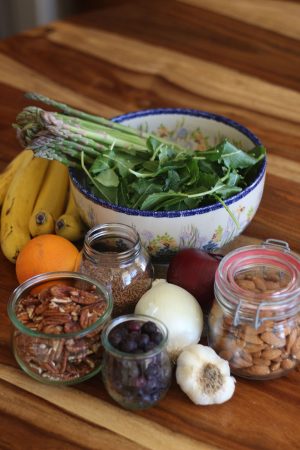 We all know fiber is good for digestive health, but new studies have revealed just how much gratitude we owe to roughage that we take for granted. Foods such as apples, garlic, leeks, berries, fruits, nuts, seeds, and grains all contain lots of soluble and insoluble fibers that we can’t digest (and often receive no calories from); but our bacteria can digest them, and they thrive, grow, and multiply to make our inner ecosystem a powerful force for good in our lives. It makes us happy, healthy, calm, and keeps us feeling fantastic. As the microbes in our gut grow from the fibrous food, they work to help fight against intestinal infections and keep the mucosal lining intact which keeps out pathogens.
We all know fiber is good for digestive health, but new studies have revealed just how much gratitude we owe to roughage that we take for granted. Foods such as apples, garlic, leeks, berries, fruits, nuts, seeds, and grains all contain lots of soluble and insoluble fibers that we can’t digest (and often receive no calories from); but our bacteria can digest them, and they thrive, grow, and multiply to make our inner ecosystem a powerful force for good in our lives. It makes us happy, healthy, calm, and keeps us feeling fantastic. As the microbes in our gut grow from the fibrous food, they work to help fight against intestinal infections and keep the mucosal lining intact which keeps out pathogens.
Fibers have different functions
You can't expect all fibers to have the same functions, just like we don't expect all vitamins to have the same functions. Mixing different types of prebiotic fibers will ensure that they work together and will be as beneficial as possible. The real problem is we don't know we have a problem. Thirty-five percent of the people in this country think we are getting enough fiber. Men need about 35 grams and women need at least 25, but I think this is really low and we could do better with a lot more. We need lots of soluble fiber, which is what bacteria feed on. Insoluble fiber is good for creating bulk for stools, but bacteria don't necessarily digest this type of fiber. Think of the foods as fertilizer for your microbes and then watch them do their thing while you go about your day. I love connecting with my body in this way. It helps me make better choices and understand this miraculous machine that creates everything I need from the foods I eat
Prebiotic Foods and Supplements
| Acacia, often called acacia gum, contains 86% prebiotic content. It is used as a food stabilizer, has a substantial amount of fiber, and is essential for strengthening the population of good bacteria in your gut. One place to find this prebiotic is in the supplement Prebio Plus. I often add it to my tea or stir it into salad dressing. It’s wonderful since it can be used hot or cold. |
| Apples and apple peel powder contain 17% prebiotic content. Pectin, a type of soluble fiber, accounts for much of apple’s total fiber content. The pectin in apples has huge prebiotic benefits. |
| HMOs, human milk oligosaccharides, are a super prebiotic occurring naturally in mother's milk. Today, fermented HMO delivers all the benefits without any actual human milk in the product. HMOs are the preferred food of bifidobacterium and will make it grow like crazy with huge health benefits. |
| Asparagus contains 5% prebiotic content. It diminishes in prebiotics the more it is cooked, so eat it raw or lightly cooked. |
| Bananas contain 1% prebiotic content. Green bananas and plantains contain up to 3% prebiotic fiber, depending on how ripe they are. The greener they are, the more prebiotics they contain. |
| Berries (strawberries, blueberries, blackberries, boysenberries) contain from 1% to 3% prebiotic content. Eating them raw is the best way to ensure you get lots of prebiotics. |
| Carrots, cabbages, and apples contain 1% to 2% prebiotic content. I love carrots and apples and use them daily in my juices and meals. I make tons of kraut with apples and carrots. This way, I get probiotics and prebiotics in one jar. |
| Chicory Root/Inulin is 64.6% prebiotic content. Inulin is made from chicory root and is a powerful prebiotic. The chicory root is roasted to reduce some of its potency as it can cause stomach problems if not taken with a probiotic. You can find inulin in Prebio Plus and SweetLeaf Stevia (the powder packages only). You can find chicory root in many coffee alternative drinks. |
| Dandelion Greens contain 24.3% prebiotic content. These are delicious as a salad and very enjoyable raw. |
| Raw Garlic contains 17.5% prebiotic content. As it ferments, garlic gets super bubbly and delicious, giving you both prebiotics and probiotics. When you cook garlic, it diminishes the amount of prebiotics as most of these fibers turn to sugars. |
| Seeds are also prebiotic, with flax seeds containing the most at 13% prebiotic content. Flaxseeds have been shown to improve insulin sensitivity and modify the gut microbiota significantly in certain individuals with obesity.3 |
| Fructo-oligosaccharides, or FOS, contain 35% prebiotic content. FOS is made from fruits and vegetables such as bananas, onions, chicory root, garlic, asparagus, jícama, and leeks. It's a subgroup of inulin. Grains such as wheat and barley also contain FOS. The Jerusalem artichoke and its relative yacon, together with the Blue Agave plant, have been found to have the highest concentrations of FOS found in cultured plants. You can also find FOS in Prebio Plus. |
| Honey contains 3% to 4% prebiotic content. The interesting thing about honey is that it is also antibacterial as well as a prebiotic. This can confuse people: how does it kill bacteria and also help it grow? The antibacterial qualities protect the honey from harmful micro-organisms when it’s in the hive. Honey contains unique oligosaccharides that have an important prebiotic activity that works to increase the ever-important populations of bifidobacteria and lactobacilli in the body. |
| Jerusalem Artichokes are rich in prebiotic fiber with a 31.5% prebiotic content. It can be eaten lightly cooked to obtain the benefits of the super prebiotic fiber. |
| Leeks and Jicama contain 12% prebiotic content. These are some of my favorite veggies. I use leeks and jicama in so many dishes and fermented foods. I love the taste, especially in soups. Check out my Butternut Squash and Leek Soup in my Cultured Food for Health book, and check out jicama in my Flu Prevention Cultured Veggies. |
| Legumes, Rice, Potatoes, and Sweet Potatoes contain 2% to 7% prebiotic content. Legumes and potatoes also contain resistant starch which is another type of prebiotic fiber. Resistant starch does just what it says, it resists being digested in the small intestine until it enters the large intestine where it is fermented by bacteria. The secret is that you have to cook them and cool them and eat them cold. This turns the sugars into resistant starches that work their magic. Think potato salad or sushi rice, etc. It stimulates the growth of good bacteria in the large intestine and boosts the production of short-chain fatty acids like butyrate. Butyrate has powerful anti-inflammatory effects that go beyond the gut. You want more butyrate in your system as it is a powerful aid in preventing cancers, promoting weight loss, and boosting the immune system. |
| Prebio Plus, SweetLeaf Stevia, and EcoBloom all contain tons of prebiotics - up to 86% prebiotic fiber content. Prebio Plus has the most with three different prebiotics: inulin, acacia, and FOS. SweetLeaf Stevia contains inulin as does EcoBloom. You can use these in all kinds of cultured foods. You can also add them to regular dishes by adding it to your coffee or tea or sprinkling it on salads and dressings. They’re all pretty powerful and a little goes a long way, so start out small when first using them. Combined with probiotic foods, you will feed the microbiome in your gut and allow it to grow and multiply. As with all prebiotics, you want to allow your body to adjust, and you want to avoid any undue gas as these fibers ferment and grow and change your inner eco-system. |
| Raw Onions contain 8.6% prebiotic content. Cooked onions still contain 5%; but like garlic, much of the fiber turns to sugar. Raw is better! |
| Nuts contain 1% to 6% prebiotic content. Nuts are foods that have components rich in prebiotic fiber and polyphenols and have proven benefits on human gut health and gut microbiota. Even roasted nuts can contain prebiotic fibers. |
| Whole Grains, Oats, Amaranth, Quinoa, Millet, and Buckwheat all contain 2% to 5% prebiotic content. It’s most important to eat sprouted or soaked grains or to consume bread made with sourdough starters. These preparation methods help to unlock the nutrients by deactivating the phytic acid in grains that can wreak havoc on your gut and keep you from getting the vitamins and minerals. Oats have a lot of soluble fiber and so does amaranth, quinoa, millet, and buckwheat. These are especially helpful if you have problems with wheat. |
Prebiotics — food For Your Microbes
Listen To My Podcast
The microbes that have made your body their home are quite impressive, and most people are unaware of the magnitude of microbes that reside within them. One hundred trillion microbes is a tremendous amount. So what do you feed your microbes? Check out this week's podcast to learn more.
References:
- https://www.ncbi.nlm.nih.gov/pmc/articles/PMC6064808/
- https://www.sciencedaily.com/releases/2016/11/161117134626.htm
- https://www.ncbi.nlm.nih.gov/pmc/articles/PMC3048395/
- https://www.ncbi.nlm.nih.gov/pmc/articles/PMC5029765/
- https://www.ncbi.nlm.nih.gov/pmc/articles/PMC4350908/
- https://www.ncbi.nlm.nih.gov/pmc/articles/PMC6200668/
- https://www.ncbi.nlm.nih.gov/pmc/articles/PMC5082288/
- https://www.ncbi.nlm.nih.gov/pmc/articles/PMC5486783/
Are you on the list?
Sign up today and I'll send you my free Getting Started Guide!
Each week I'll send you updates, tips, recipes, and more! You might even be a winner of my weekly giveaway! (starter cultures, memberships, and more!)
Come be a part of my cultured food family!

